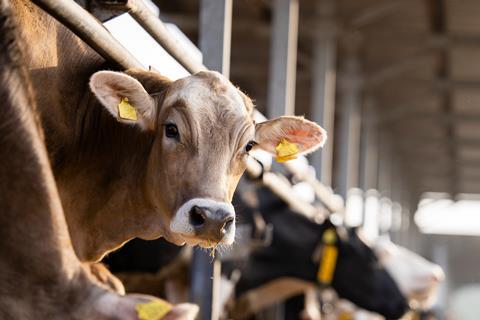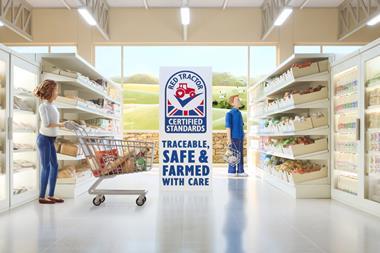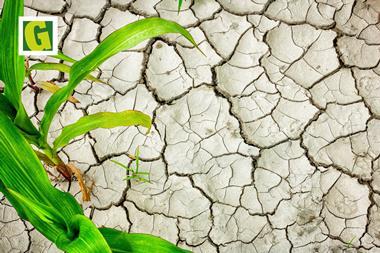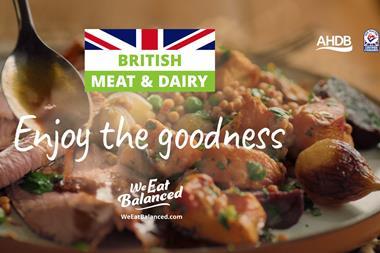
AHDB has unveiled further detail about plans to increase levy rates for the 2024/25 financial years, impacting the Beef & Lamb, Cereals & Oilseeds, dairy and Pork sectors.
It is proposing to increase its beef and lamb levy by 25% across several criteria. Its cereals & oilseeds levy, meanwhile, is due to increase between 25% and 26%. Both levies were last set in 2011.
Elsewhere, the dairy levy – last set over 20 years ago – will increase by 33%, while the pork levy, last set in 1996, is proposed to rise by 20%.
The proposals from AHDB’s four sector councils come in the midst of ongoing input inflation across farming. AHDB has also been grappling with higher costs and a smaller budget after horticulture and potato growers voted to abolish their levies in 2021.
It said increasing rates would “meet the request from levy payers to deliver more key services, including marketing and exports for the Beef & Lamb, Dairy and Pork sectors and more independent research for Cereals & Oilseeds”.
Sector councils will make a final recommendation to the AHDB board later this year, following a consultation event in November, which will put the proposals to government ministers and devolved administrations.
The message from levy payers through its Shape the Future consultation last year was clear, said AHDB chair Nicholas Saphir.
“Key services provided by AHDB, such as independent research, the strategic farm networks, activity to identify new export markets as well as domestic marketing, are seen as vital to levy payers.”
He added: “This is an unprecedented time for our industry, with inflation alone eroding the value of the levy by around 40%. There is never a perfect time for such proposals, however it must be noted that it has been at least 12 years since a levy rate was last increased.
“The sector councils are right to explore the option of increasing the current rates but by taking a proportionate approach that takes into account the impact of the current economic climate on farmers, producers and processors.”



















No comments yet